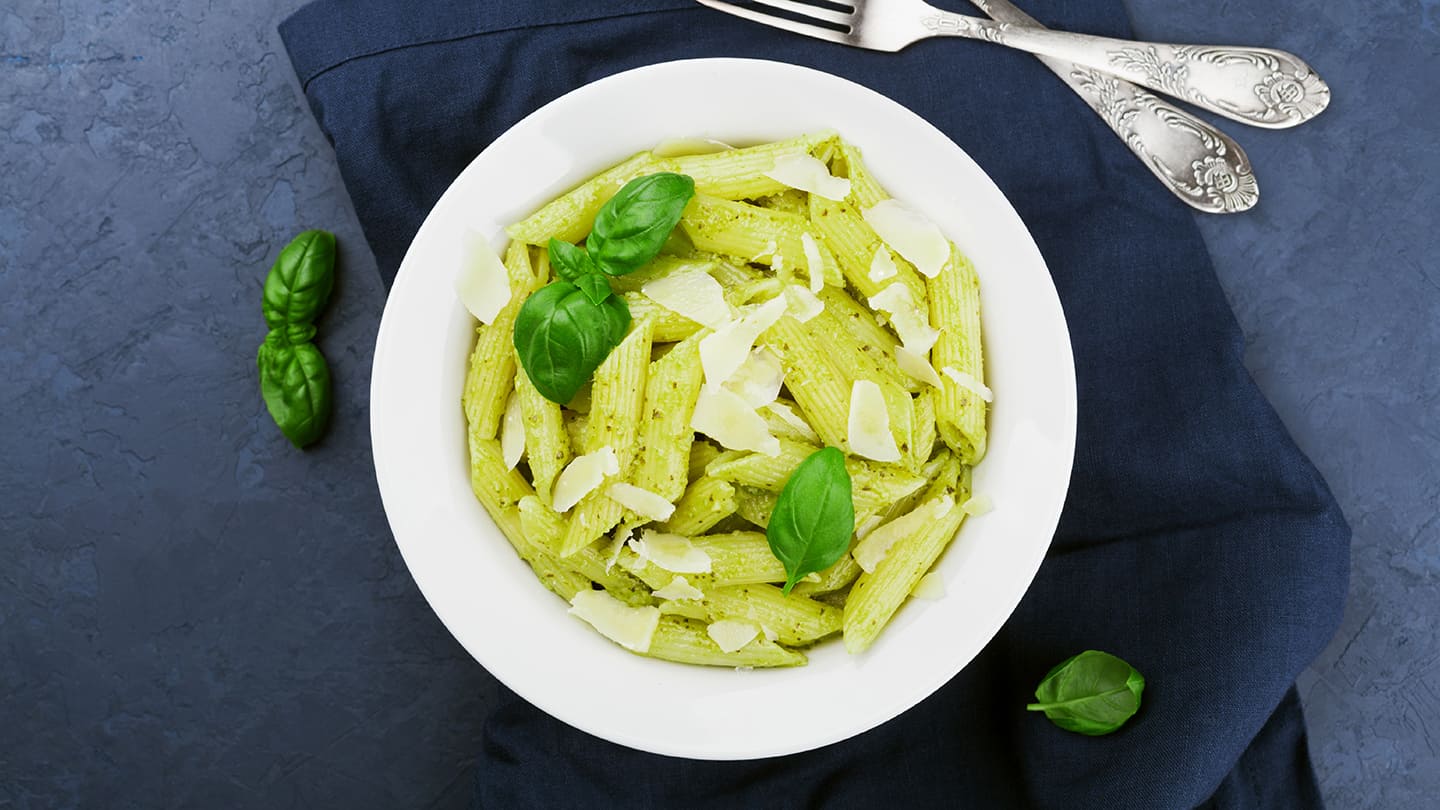NUTRITION
Eating from Smaller Plates The Best Weight Loss Strategy You're Not Using
Do you really know how much you're eating? According to research, people tend to underestimate the number of calories consumed by nearly 50 percent. Your brain tricks you into eating more, especially when you're using a large plate. Eating off a small plate could be the best way to cut portions and reach your target weight.
Change Plates to Lose Weight
It's no secret that portion control plays a key role in weight management and overall health. Yet, most people don't really know how to put this into practice. They go to restaurants and eat everything on the plate, snack on the go, and enjoy their meals at home while watching TV. These habits can lead to overeating and weight gain. Evidence shows that package sizes and plate shapes influence appetite. These factors contribute to how much you eat on a daily basis. According to a study, switching from 12-inch diameter plates to 10-inch diameter plates helps reduce the amount of food consumed without causing feelings of hunger or deprivation.
Evidence shows that package sizes and plate shapes influence appetite. These factors contribute to how much you eat on a daily basis. According to a study, switching from 12-inch diameter plates to 10-inch diameter plates helps reduce the amount of food consumed without causing feelings of hunger or deprivation.
Scientists who conducted the study believe that this effect is due to the Delboeuf illusion. Basically, people tend to overeat when using large plates and under-serve on smaller plates. Thus, the larger your plate, the more food you eat in one sitting.
The study has found that subjects who reduced plate size consumed up to 22 percent fewer calories than normal. This simple trick could be the answer to portion control and mindful eating.
There is even an organization called The Small Plate Movement, which supports these findings. Their goal is to help people eat better and maintain a healthy weight. It appears that switching to smaller plates not only promotes fat loss but also increases life expectancy by three years or more.
How Plate Size and Shape Influences Your Appetite
According to the latest studies, how much one eats depends on plate size, color, shape, and layout. Researchers have found that dinner plates with ridges make food portions appear bigger, which in turn, increases fullness and satisfaction during a meal.
Three-dimensional plates trick your brain into believing that you're eating more than you actually do. It's all about visual perception. The more food you see on the plate, the more you will eat. Using small or crinkly plates addresses this issue in the simplest way. You’ll still be able to enjoy your food and feel full after a meal despite eating less.
Other studies suggest that just eliminating big portion sizes from stores and restaurants would reduce calorie intake by a whopping 29 percent in Americans and 16 percent in British people. The truth is that, nowadays, most restaurants and fast food chains serve oversized portions.
Even though you can not control plate sizes when dining out, you can do it at home. Your only job is to buy smaller plates. If you do eat out often, split your portion in half with a friend or take the leftovers at home. After all, no one is forcing you to eat everythingon the plate. Ask the waiter to pack half of your meal so you can enjoy it later at home.
Don’t trust your eyes when it comes to portion size! Most people can't accurately estimate their calorie intake. Swap your old dishes for smaller cups, bowls, and plates. It's a proven way to cut portions and get fuller faster.
Summary
- Research shows that switching to smaller plates can reduce our calorie intake by over 22 percent. The same goes for smaller cups and bowls.
- Plate size isn’t the only factor that influences appetite. Its layout, shape, and color matter too. For instance, dark colored plates and crinkly plates trick the brain into believing that we’re eating more.
- When dining out, eat just half of what’s on your plate. Split the rest with a friend or take the leftovers at home.
